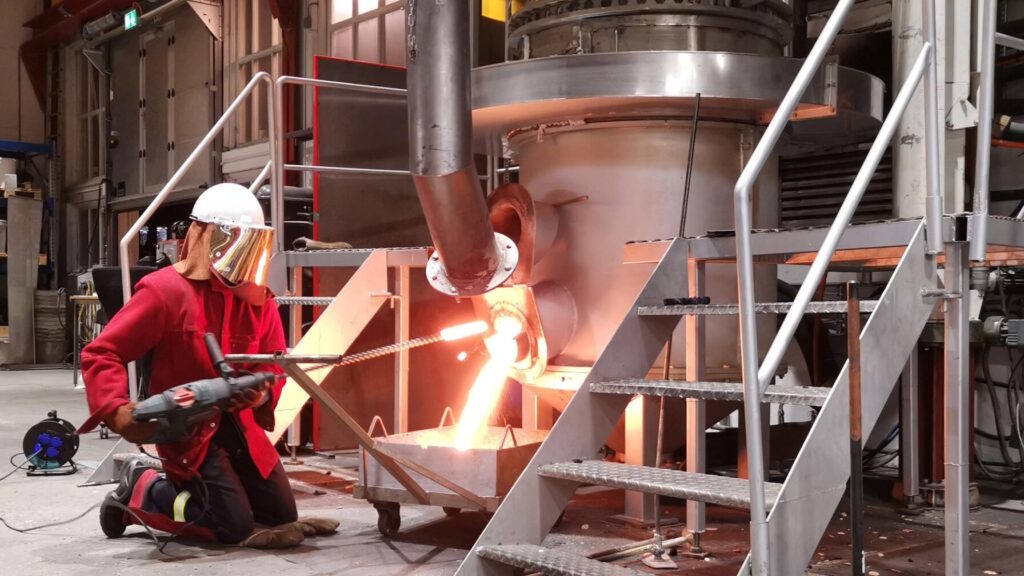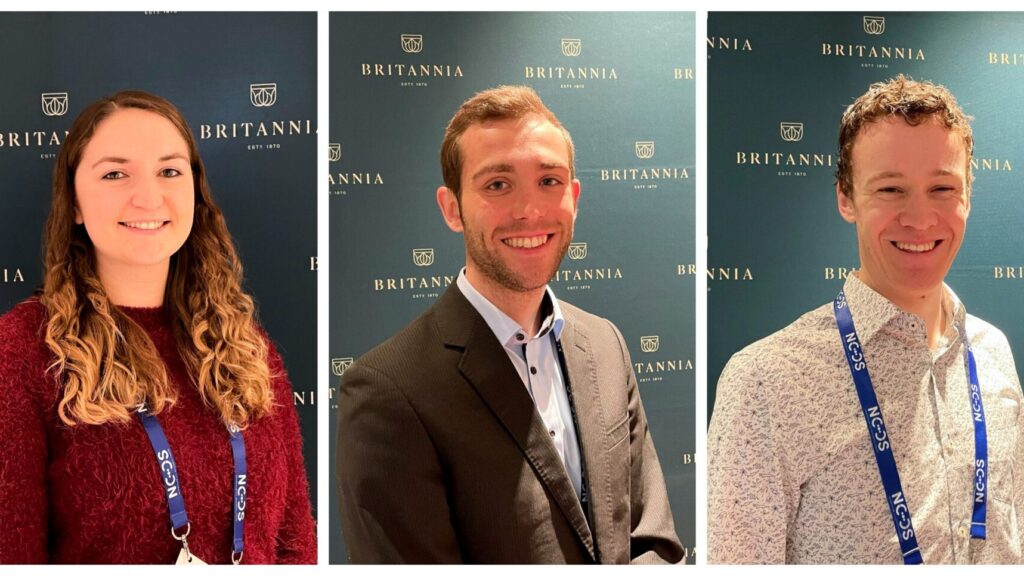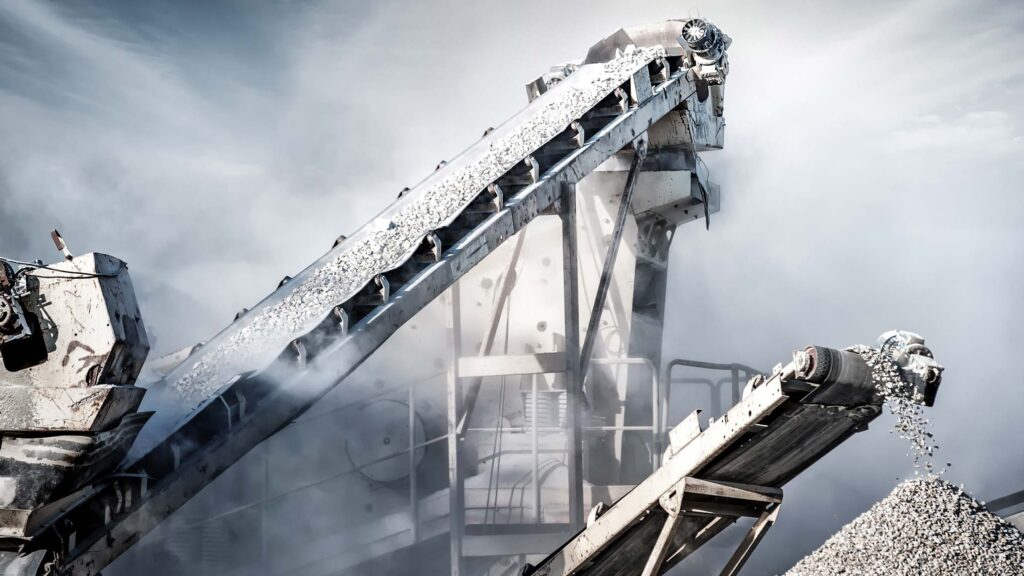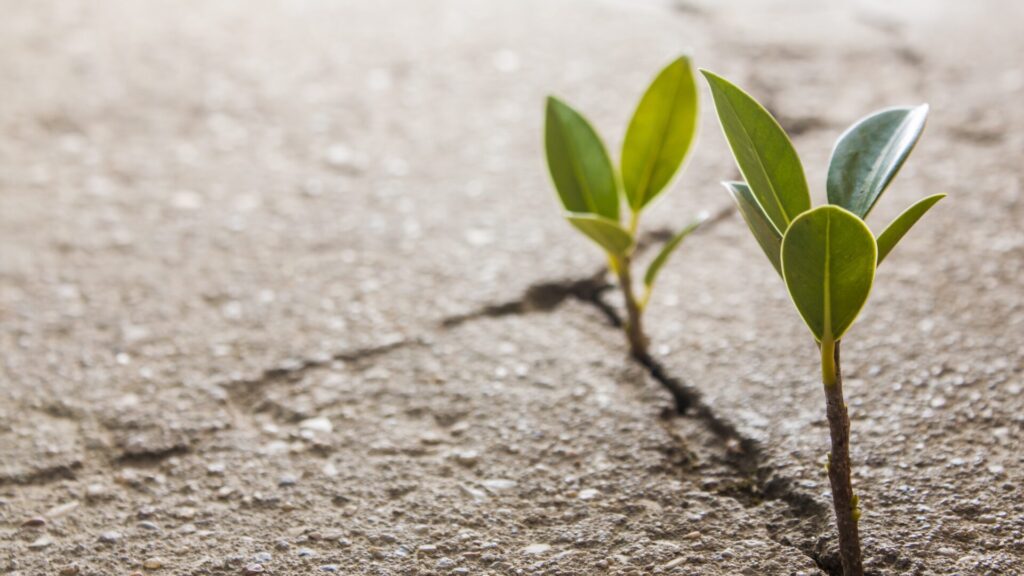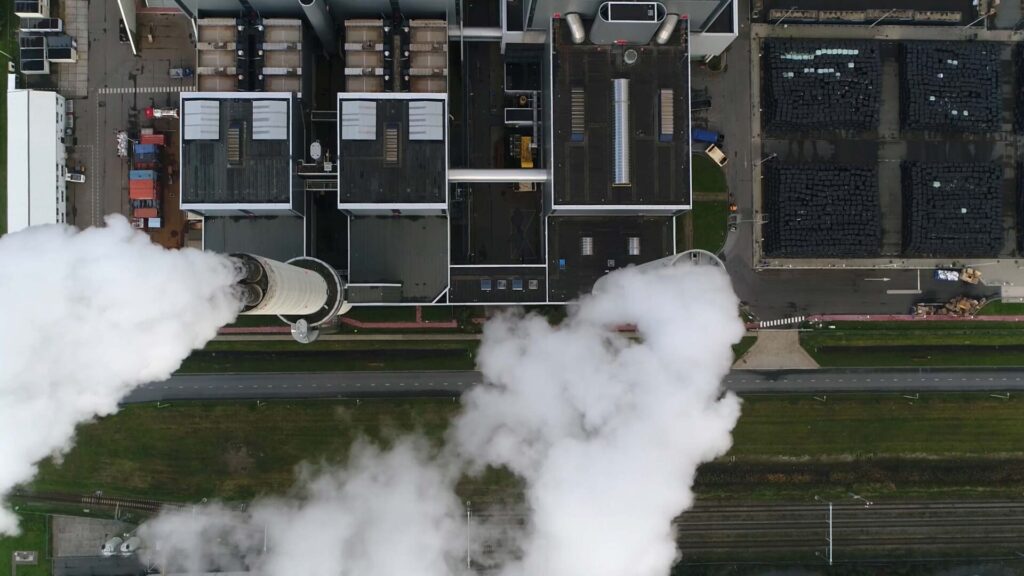Recirculating exhaust gas in silicon production
Recirculating the off-gas during silicon production can increase the CO2 concentration enough to make CCS possible in a cost-effective way.
The PhD Experience in NCCS
During the NCCS Consortium Days 2021, we got to speak to some of our postdoc and PhD research fellows about their experiences in…
Second-generation oxyfuel technology: Accelerating CCS in the cement industry
Second-generation oxyfuel technology can help reduce cement production’s significant greenhouse gas emissions.
Is CCS Really So Expensive?
Results from a collaboration between SINTEF and Delft University of Technology (TU Delft), in connection with the Norwegian CCS Research Centre (NCCS), show that CCS implementation can have a minimal cost impact for end users while avoiding a significant amount of CO2 emissions.
Cement bond to rock and steel: the Achilles heel of well integrity
Portland cement is the most common material used in the construction and plugging of wells – however, cement bond to other materials is the weakest link in the well’s integrity. At the Norwegian CCS Research Centre (NCCS), new methods have been developed to measure bond strength, as well as evaluate them under more realistic field conditions.
Can the use of plastics reduce the cost of CO2 capture?
Co-authors: Rune H. Gaarder (SINTEF), Jon Hermansen (BEWI Biobe) and Olav Larsen (BEWI Biobe) – Can the use of plastics (polymeric materials) in…

